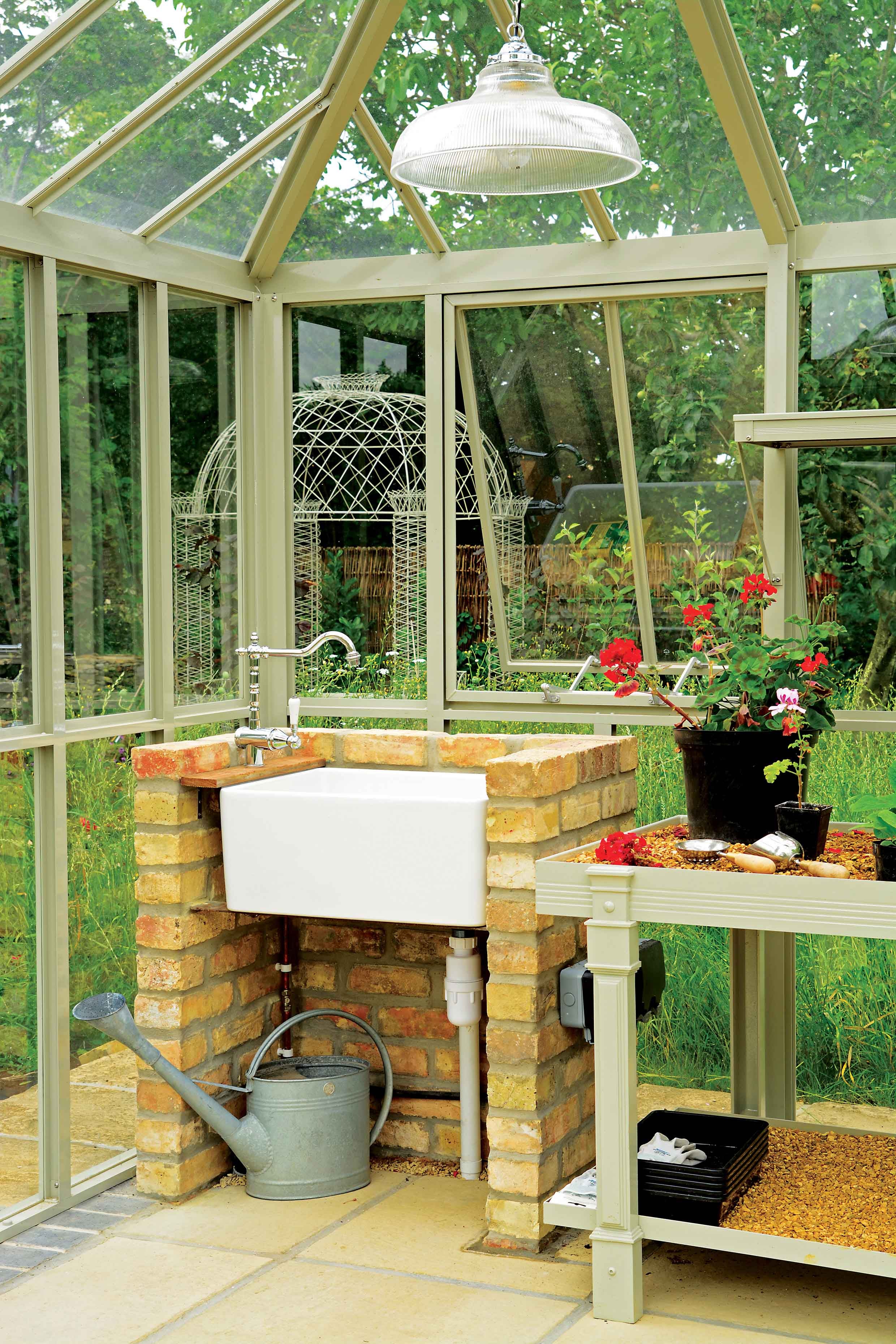
Support truly
independent journalism
Our mission is to deliver unbiased, fact-based reporting that holds power to account and exposes the truth.
Whether $5 or $50, every contribution counts.
Support us to deliver journalism without an agenda.

Louise Thomas
Editor
If you’ve offered to look after the crops and flowers flourishing in your neighbour’s greenhouse while they are away, there are some golden rules to follow to keep things alive and healthy.
Watering, ventilation and harvesting are all important, but so is watching out for pests that can breed rapidly in warm, humid weather, which can so often hit us in late summer.
Vegetables including cucumbers, melons and tomatoes will all be cropping, but a greenhouse owner may return to ruined edibles if they are left to their own devices.
No pressure, then, if you have volunteered to look after your neighbour’s greenhouse. But as long as you are prepared, they should be returning to a rich harvest and some healthy plants, rather than a straggly mass of mouldy crops.
Tom Barry, CEO of heritage greenhouse manufacturer Hartley Botanic, offers the following tips to greenhouse sitters:
1. Be prepared for watering

Hopefully the greenhouse owner will have filled up watering cans and put them under the greenhouse bench to warm the water for 24 hours before they go away, so that the water is at the optimum temperature for the plants.
If they have a water butt, use it to repeat the task every day when you visit, or if not, use an outside tap to refill the watering cans after you have watered the plants, so that the water warms accordingly.
During their absence in the height of summer, keep an eye on watering and the condition of the plants. You can check if containerised plants need watering by sticking your finger into the surface of the compost.
If it comes out free of compost particles, the plant needs watering. When watering, give plants a thorough soak, as a light sprinkle will only encourage roots to the surface where they are more susceptible to drought. Pour around the roots, not over the leaves and check containers at least once a day.
2. Visit the greenhouse daily
Offer to do this and your friend may pay you in harvested crops.
3. Keep on top of the edibles
If ripened fruits remain on the plant, they deteriorate, go to waste, attract disease and stop cropping, shortening the harvesting season. As greenhouse sitter, pick and enjoy any ripe edibles before they go to waste, obviously with permission from the owner. In the long term, you’ll be doing your friend a favour.
4. Keep the greenhouse ventilated
Open the greenhouse vents first thing in the morning, before it overheats, and check the weather forecast. If it’s changeable, you may need to close the vents again during the day.
If you’re tending a smaller greenhouse with limited ventilation, the owner may have taken further shading precautions, as extra shading is commonly needed in summer, as it can cut down on light falling on the plants to a degree which reduces growth and cropping, according to the RHS. The door of a small greenhouse can act as alternative ventilation if there is a lack of roof vents, the charity adds.
5. Maintain humidity
You need to maintain humidity in the greenhouse as hot, dry weather will dry plants out quickly and make watering harder, so damp down the greenhouse floor, particularly on hotter days, Barry advises. This means wetting as many surfaces as you can, particularly the floor and the staging. Concentrate on areas around crops like cucumbers, which will appreciate the extra moisture.
6. Keep pests at bay
Greenhouses can be a haven for pests and disease if you don’t keep on top of them. The main active pests in greenhouses in summer are red or two-spotted spider mites, whitefly, scale and mealybug. Hopefully, the owner will have established preventative measures on pests earlier on in the summer, but you can use various types of environmentally friendly sprays in their absence.
The most common biological controls are Phytoseiulus persimilis for red spider mite, Encarsia formosa against whitefly, Steinernema feltiae for scale and Cryptolaemus montrouzieri to control mealybug. Use soft soap to control aphids (greenfly) on young shoots and use mist to raise humidity to control spider mite.
It will be beneficial if the greenhouse is not overcrowded before the owner goes on holiday, which will help prevent and control pests.







